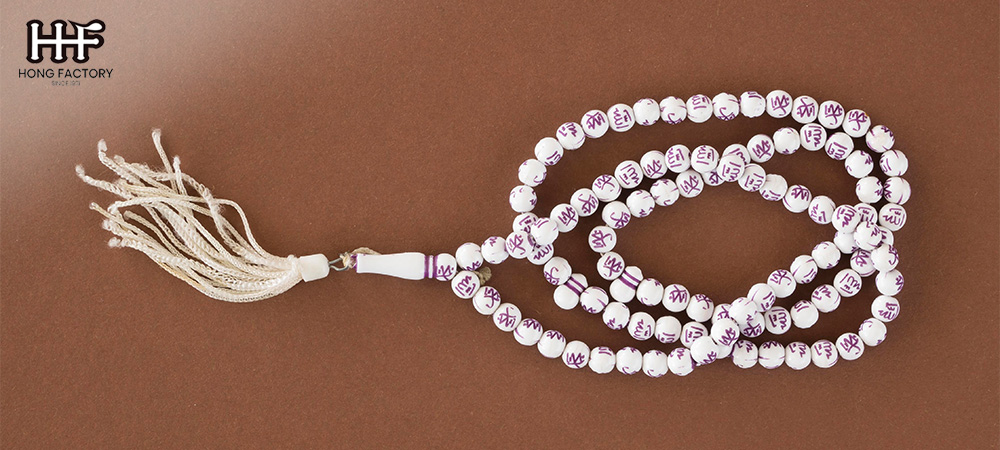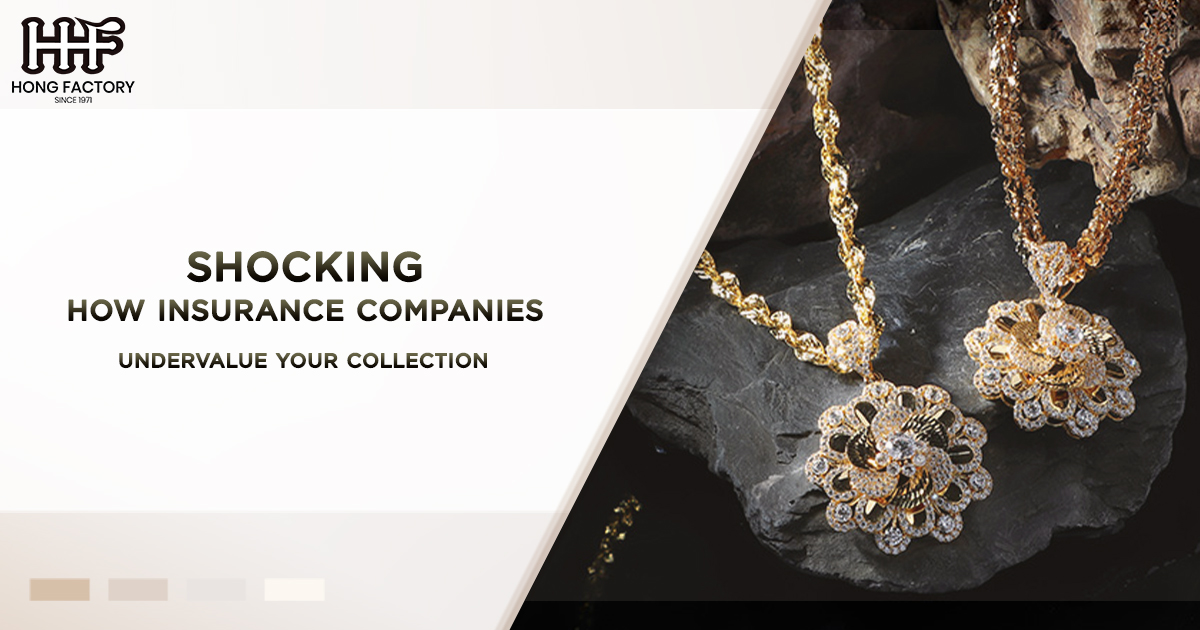In the world of collectors, where passion and value intersect, safeguarding your prized possessions is paramount. Whether you collect rare coins, vintage wines, or fine art, protecting your collection from unforeseen events is crucial. However, many collectors unknowingly face significant challenges when it comes to insurance coverage. Insurance companies often undervalue collections, leaving collectors with inadequate compensation in the event of a loss. In this article, we’ll explore the reasons behind this undervaluation, delve into proper valuation methods, discuss essential documentation practices, and provide strategic protection strategy to ensure your collection is fully covered.
Understanding Insurance Coverage for Collections
When it comes to insuring a collection, the first step is understanding the type of insurance coverage you need. Standard homeowners or renters insurance may not be adequate for high-value collections. These policies typically have sub-limits that can severely limit the payout for valuable items. Thus, collectors often require specialized coverage, such as a collectibles policy or personal articles floater, which offers broader protection tailored to unique and valuable items.
The key to effective insurance coverage is ensuring that your policy reflects the true value of your collection. Underinsurance can result in significant financial loss if your items are damaged, lost, or stolen.

Why Insurance Companies Undervalue Collections
Insurance companies rely on valuation methods that may not always reflect the market value of a collection. Here are some common reasons why collections might be undervalued
- Lack of Specialized Knowledge – Many insurance adjusters lack expertise in specific types of collectibles, leading them to undervalue items based on general guidelines rather than specialized market knowledge.
- Market Fluctuations – The value of collectibles can fluctuate due to market trends, rarity, and demand. Insurers often rely on outdated or generic valuation methods that do not account for these changes.
- Insufficient Documentation – Without proper documentation, insurers might be inclined to use conservative estimates. Detailed records and appraisals are essential for proving the worth of your collection.
- Policy Limitations – Policies might include terms that limit payouts based on certain conditions or requirements that are not fully communicated to the policyholder.
Valuation Methods for Collections
Proper valuation is crucial in ensuring that your collection is adequately insured. Here are some methods to consider
- Professional Appraisal – Hiring a qualified appraiser who specializes in your type of collection is vital. An accurate and recent appraisal provides a detailed assessment of each item’s value, which should be updated regularly to reflect market changes.
- Market Research – Conduct thorough market research to understand current values. This includes monitoring auction results, dealer prices, and industry reports. Staying informed about trends helps you and your insurer align on accurate valuations.
- Comparative Sales Analysis – Analyze sales of similar items to gauge the fair market value. This method is especially useful for rare or unique items where standard pricing guides are insufficient.
Importance of Documentation
Comprehensive documentation is a cornerstone of effectively insuring a collection. Proper documentation not only aids in valuation but also facilitates claims processing. Here are key documentation practices
- Photographic Records – Maintain high-quality photographs of each item from multiple angles. Include close-ups of any distinguishing marks or features.
- Detailed Descriptions – Accompany photos with detailed descriptions that include dimensions, provenance, purchase history, and any distinguishing characteristics.
- Receipts and Purchase Records – Keep copies of receipts and records of purchase, including auction purchase agreements or dealer invoices.
- Appraisal Reports – Store copies of professional appraisal reports. Ensure that these are updated regularly to reflect any market changes or additions to your collection.
Protection Strategies for Your Collection
Beyond insurance, there are several strategies to protect your collection from risks
- Physical Security – Invest in robust security measures such as high-quality locks, alarm systems, and surveillance cameras. Consider using safes or vaults for particularly valuable items.
- Environmental Controls – Maintain optimal environmental conditions to prevent damage from humidity, temperature fluctuations, or light exposure. Use climate-controlled display cases and rooms.
- Regular Assessments – Regularly assess and update your insurance policy and valuation to ensure continued protection. Add new acquisitions promptly and review coverage limits annually.
- Digital Backups – Store digital copies of all documentation and photographs in a secure, cloud-based storage solution. This ensures convenient access in the event of a loss or claim.

Choosing the Right Insurance Provider
Selecting an insurance provider who understands the unique nature of collections can dramatically impact the protection of your assets. Here are tips for selecting the right insurer
- Specialization – Look for insurers who specialize in collectible insurance. They should have a track record of handling claims specifically related to collections.
- Reputation – Investigate the insurer’s reputation by reading reviews and checking industry ratings. A company with positive feedback from other collectors is likely to provide satisfactory service.
- Flexibility – Choose a provider who can offer flexible policies tailored to different types of collections. Ensure they provide options for periodic valuation updates and policy adjustments.
- Claims Process – Understand the insurer’s claims process and ensure it is straightforward and transparent. A streamlined process can significantly reduce stress and speed up settlements in the event of a loss.
Navigating the Insurance Claim Process
Despite meticulous preparation, filing an insurance claim for a collection can be daunting. Here are some tips to help navigate the process effectively
- Prompt Reporting – Report any loss or damage to your insurer promptly. Delays can complicate the claim process.
- Detailed Claims Submission – Provide detailed descriptions and documentation to substantiate your claim. The more information you furnish, the stronger your case.
- Seek Professional Help – Consider hiring a public adjuster or an attorney who specializes in claims involving high-value collections. Their expertise can be invaluable in negotiating with insurance companies.
- Stay Informed and Persistent – Understand your policy and rights as a policyholder. Stay persistent, and don’t hesitate to push back if you feel your collection is being undervalued.
Conclusion
While the intricacies of insuring a collection can be daunting, proactive steps can ensure that your passion and investment are adequately protected. By understanding insurance coverage needs, employing accurate valuation methods, maintaining thorough documentation, and implementing protective strategies, collectors can safeguard their treasures against undervaluation. Choosing the right insurance provider is equally crucial, as they will be a partner in preserving the legacy and value of your collection. Remember, the ultimate goal is to enjoy your collection with peace of mind, knowing that it is fully insured and protected against any eventuality.
